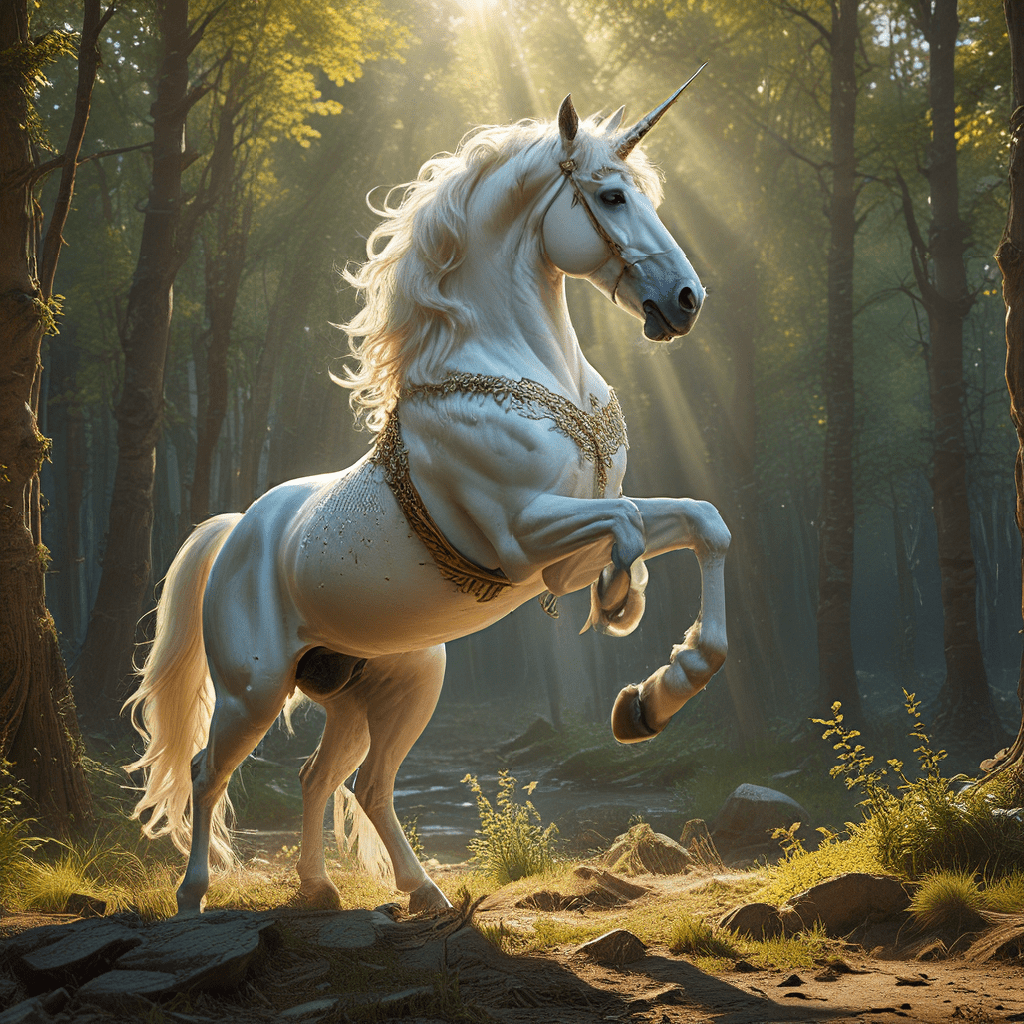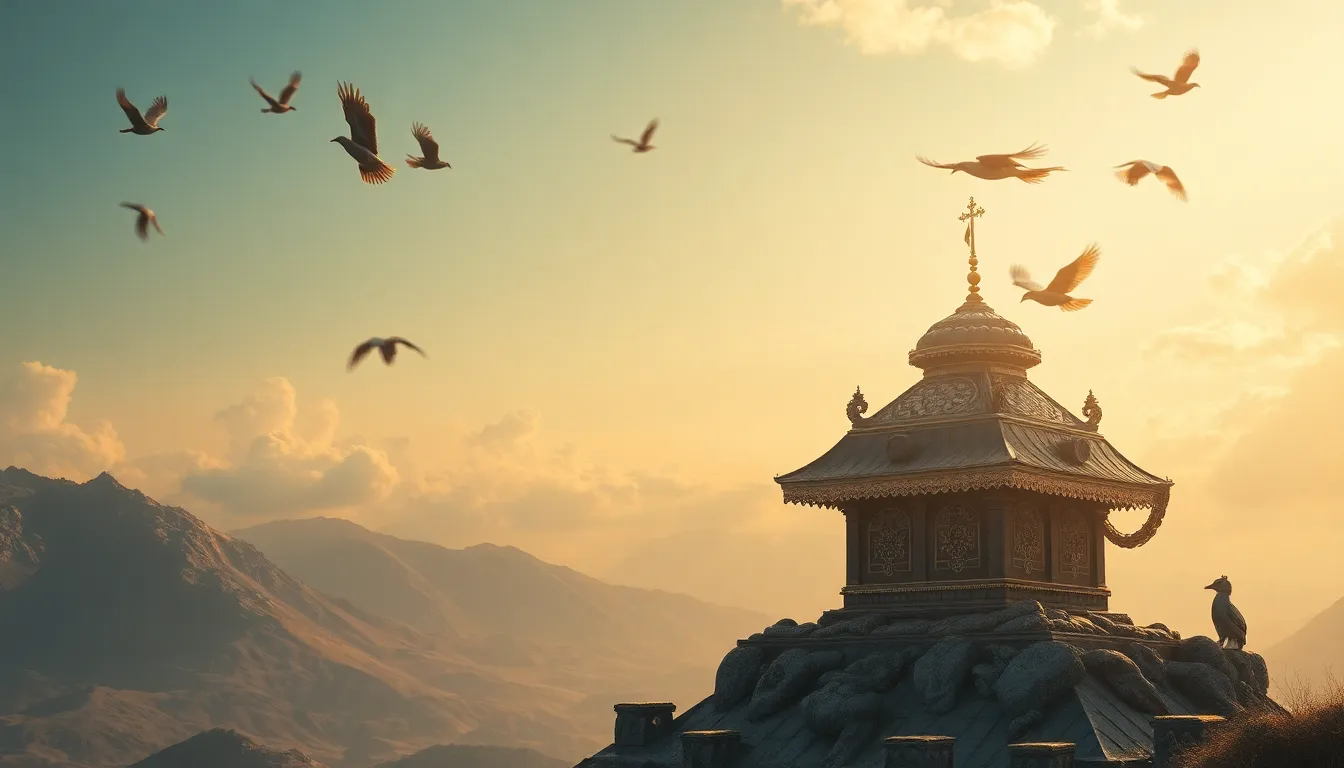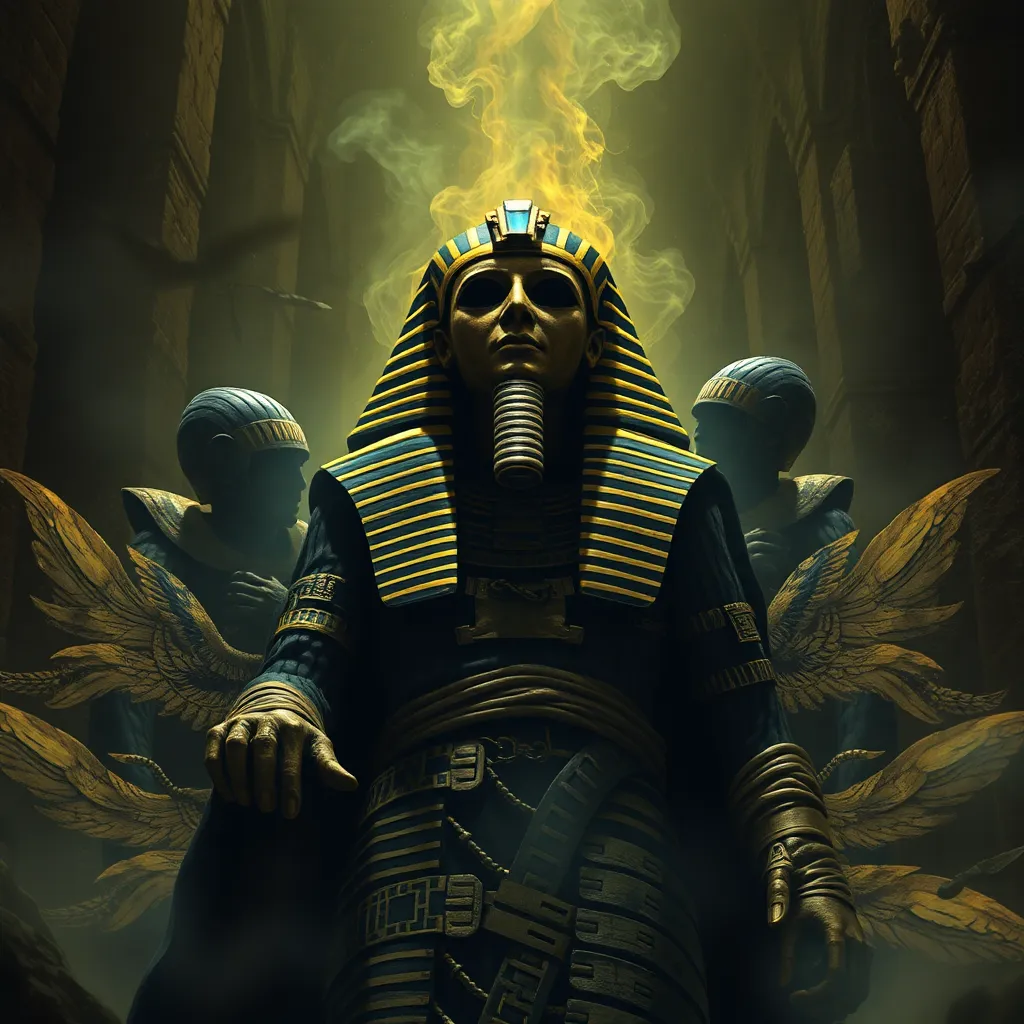The Unicorn’s Magic: Exploring the Unicorn in Russian Mythology
Origins: Uniting Western and Slavic Traditions
The unicorn, a mythical creature with a single spiraled horn and a reputation for magical powers, is most widely associated with European folklore. However, this enchanting creature also holds a place in the rich tapestry of Russian mythology, blending elements of Western lore with unique Slavic interpretations. While the unicorn’s origins can be traced back to ancient Mesopotamia and Persia, its journey to Russia likely involved a complex interplay of cultural exchange and adaptation.
The unicorn’s arrival in Russia was likely influenced by trade routes and cultural connections between the East and West. Stories of the unicorn as a symbol of purity and power found their way into Russian folklore through the Byzantine Empire and the influence of Western literature and art.
However, the unicorn in Russia wasn’t simply a mirror image of its Western counterpart. The Russian imagination infused the unicorn with Slavic cultural elements, shaping this mythical beast into a unique figure within the Russian mythological landscape.
The Unicorn in Russian Folklore: Beyond the Western Myth
While the Western unicorn is often depicted as a fierce, wild creature, the Russian unicorn embodies a gentler, more spiritual nature. In Russian folklore, the unicorn is often associated with forests, meadows, and magical places. It is seen as a creature of peace, grace, and healing, embodying the beauty and wonder of nature.
Unlike its Western counterparts, the unicorn in Russian folklore is not necessarily a solitary creature. It is often depicted in groups, residing in enchanted forests or magical meadows. These groups are known to guard treasures and knowledge, and are said to possess a mystical connection to the land.
The Unicorn as a Symbol of Purity and Grace
The unicorn’s pure white coat and spiraled horn are symbolic of purity, innocence, and grace in Russian folklore. This association aligns with the unicorn’s prominent role in Eastern Christian traditions, where it represents spiritual purity, chastity, and the power of faith.
The unicorn’s connection to the Virgin Mary further solidifies its symbolic significance in Russian mythology. In religious art and iconography, the unicorn is often depicted kneeling before the Virgin Mary or symbolizing her purity and divine grace.
The Unicorn’s Connection to Healing and Protection
In Russia, the unicorn’s horn is believed to possess potent healing abilities. Its horn, often referred to as a “unicorn’s tooth,” is said to be capable of curing diseases, warding off evil spirits, and purifying water.
The unicorn’s horn is also believed to have a strong protective power. Its presence is thought to ward off misfortune and danger. In Russian folklore, stories are told of unicorns protecting travelers from harm and guiding them through dangerous forests.
The Unicorn in Russian Art and Literature
The unicorn’s presence in Russian art and literature dates back to the Middle Ages, with its imagery appearing in illuminated manuscripts, icons, and decorative motifs. These artistic representations often reflect the unicorn’s dual nature as a symbol of both purity and power.
In Russian literature, the unicorn finds its way into fairy tales, epics, and poems. These narratives often emphasize the unicorn’s magical abilities, mystical connection to nature, and its role as a guardian of wisdom and knowledge.
The Unicorn as a Guardian of Treasure and Knowledge
In the vast expanses of Russian folklore, the unicorn often acts as a guardian of hidden treasures and secret knowledge, mirroring its role in other mythologies. These treasures are not necessarily material riches but can also represent wisdom, ancient secrets, or spiritual truths. The unicorn’s connection to the earth and its ability to sense the flow of energy makes it an ideal protector of such valuable resources.
Stories abound of unicorns guarding sacred springs, hidden caves, and the entrances to magical realms. They are said to be able to guide those who are worthy to such places, offering them knowledge and wisdom in return for their pure intentions. This connection between the unicorn and the pursuit of knowledge emphasizes its role as a mystical guide for those seeking enlightenment.
The Unicorn’s Role in Russian Rituals and Celebrations
While the unicorn is not overtly present in contemporary Russian folklore and rituals, it does reappear in certain traditional celebrations. The unicorn’s symbolism of purity and grace aligns with the festive spirit of many Russian celebrations, including weddings and religious holidays.
For example, the unicorn’s imagery is sometimes incorporated into the iconography of religious celebrations, representing the spiritual purity and joy of the occasion. In folk traditions, the unicorn’s horn might be symbolically invoked in blessings or charms, reflecting its association with healing and protection.
Theories on the Unicorn’s Appearance in Russian Mythology
The unicorn’s presence in Russian mythology raises intriguing questions about its origins and influence. Several theories attempt to explain the unicorn’s integration into Slavic folklore.
One theory suggests that the unicorn’s imagery, initially introduced through trade and cultural exchange, resonated with existing Slavic beliefs about magical creatures and nature spirits. The unicorn’s symbolism of purity and power might have easily been integrated with Slavic traditions associated with white animals and the protective spirits of forests and meadows.
Another theory highlights the importance of the unicorn in Eastern Christian iconography. As stories of the unicorn’s purity and association with the Virgin Mary spread through the Byzantine Empire, they likely found fertile ground in Russia, where Christianity held significant cultural and spiritual influence.
The Unicorn’s Influence on Russian Culture and Identity
The unicorn, though not a central figure in Russian mythology, has nevertheless left its mark on the country’s cultural landscape. Its imagery and symbolism contribute to a broader sense of wonder and enchantment associated with Russian folklore.
The unicorn’s association with purity, grace, healing, and protection aligns with Russian values of beauty, spiritual strength, and a deep connection to nature. While the unicorn’s role may not be as prominent as other mythological creatures in Russian folklore, its presence adds a layer of richness and complexity to the overall tapestry of Russian mythology.
The Enduring Magic of the Unicorn in Modern Russia
Although the unicorn is not explicitly celebrated in modern Russian society, its enduring magic remains present in various forms. The unicorn’s symbolism continues to inspire artists, writers, and creators, who draw upon its imagery for their works.
In contemporary art, the unicorn often appears as a symbol of hope, beauty, and the power of the imagination. Children’s literature and fantasy fiction continue to feature the unicorn, capturing the hearts and imaginations of young readers.
The unicorn’s enduring appeal in modern Russia demonstrates the universality of its symbolism and its ability to connect with individuals across cultures and generations. Its presence in Russian mythology, though subtle, speaks to the enduring power of mythical creatures to inspire wonder and imagination.
FAQs
**1. Is the unicorn a popular creature in Russian folklore?**
While the unicorn is not as prevalent as other mythical creatures in Russian folklore, it holds a significant symbolic role. It embodies purity, grace, healing, and protection, reflecting Russian cultural values.
**2. What is the unicorn’s horn said to be able to do?**
The unicorn’s horn, often called a “unicorn’s tooth,” is believed to possess potent healing powers, capable of curing diseases and purifying water. It is also considered a powerful protective charm against evil spirits and misfortune.
**3. How is the unicorn depicted in Russian art and literature?**
The unicorn appears in various artistic and literary forms, often symbolizing purity, grace, and the power of the imagination. Its imagery is found in illuminated manuscripts, icons, and decorative motifs, reflecting a connection to both religious and secular traditions.
**4. Are there any specific rituals or celebrations where the unicorn is invoked?**
While not a central figure in contemporary Russian rituals, the unicorn’s symbolism of purity and grace aligns with festive events, including weddings and religious holidays. Its imagery might be incorporated into iconography or symbolically invoked in blessings and charms.
**5. What are some theories about the unicorn’s influence on Russian mythology?**
Several theories suggest that the unicorn’s imagery, introduced through cultural exchange, resonated with existing Slavic beliefs. Its symbolism of purity and power might have been integrated with Slavic traditions associated with white animals and nature spirits.



